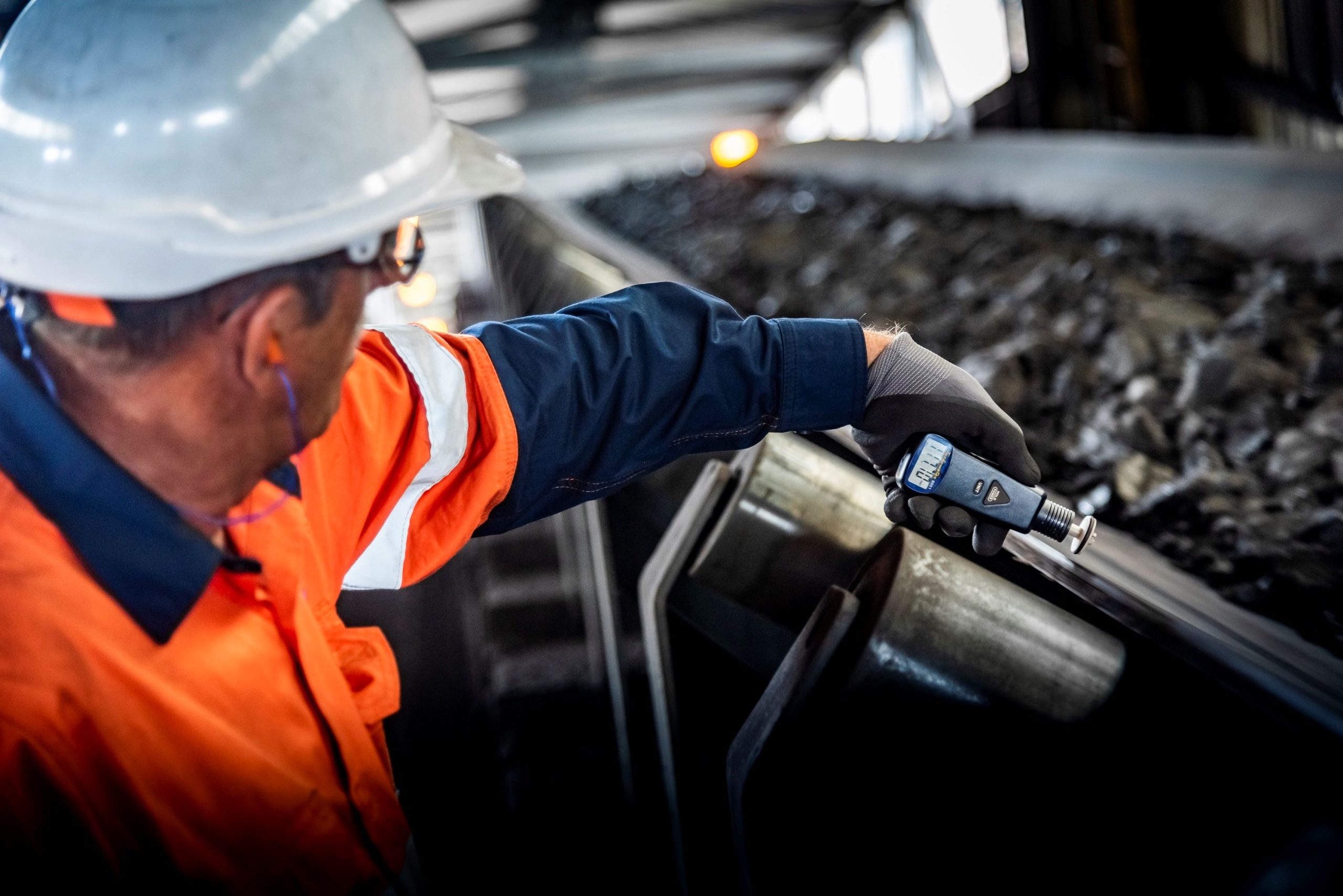Chutes at materials handling transfer points must generally deal with varying conveyor belt speeds and surges in material volumes. Weba Chute Systems’ Dewald Tintinger explains some of the complexities of ramping up throughput, and how it could affect chute performance.
Tintinger says that chutes are designed with the width of the conveyor belt in mind – accommodating the various levels of loading on these belts. Changing the speed of the belt significantly, however, can affect not only the volume of material entering the chute, but the first point of contact in the chute as the material leaves the belt.
“The speed of the conveyor belt has a direct impact on the trajectory of material when it reaches the chute,” says Tintinger. “When changing the belt speed from 2,5 m/s to 3 m/s, for example, the chute would easily accommodate this. However, if the speed was doubled, this would change the trajectory so that the material impacts a different point in the conveyor, and at a different angle.”
He explains that Weba Chute Systems adopts a customised approach to each chute’s specific application, modelling the flow of material to guide the final design. Among the calculations is the initial velocity of the material leaving the conveyor belt, and the precise impact point on the inside wall of the chute.
Using the dead box principle to optimise material-on-material flow, the position of the first dead box in the chute will match this impact point. A higher speed of material will start to straighten the trajectory and change the impact angle.
“As the impact angle approaches 90 degrees, there is a risk that material flow could stall,” he says. “Rather than slowing down on impact and then accelerating downward towards the discharge point, the material could start backing up and clog the chute.”
While some chute manufacturers introduce platework to bend the trajectory of material, this adds to the wear on the chute. Weba Chute Systems generally applies its full cascade designs, using dead box sections to reduce the impact and speed.
“The change of angle of material onto the first dead-box will not necessarily change the flow pattern, but it is likely to affect the speed of material through the chute,” says Tintinger. “It is therefore important to check the chute’s capacity to still allow enough material to pass through smoothly.”





